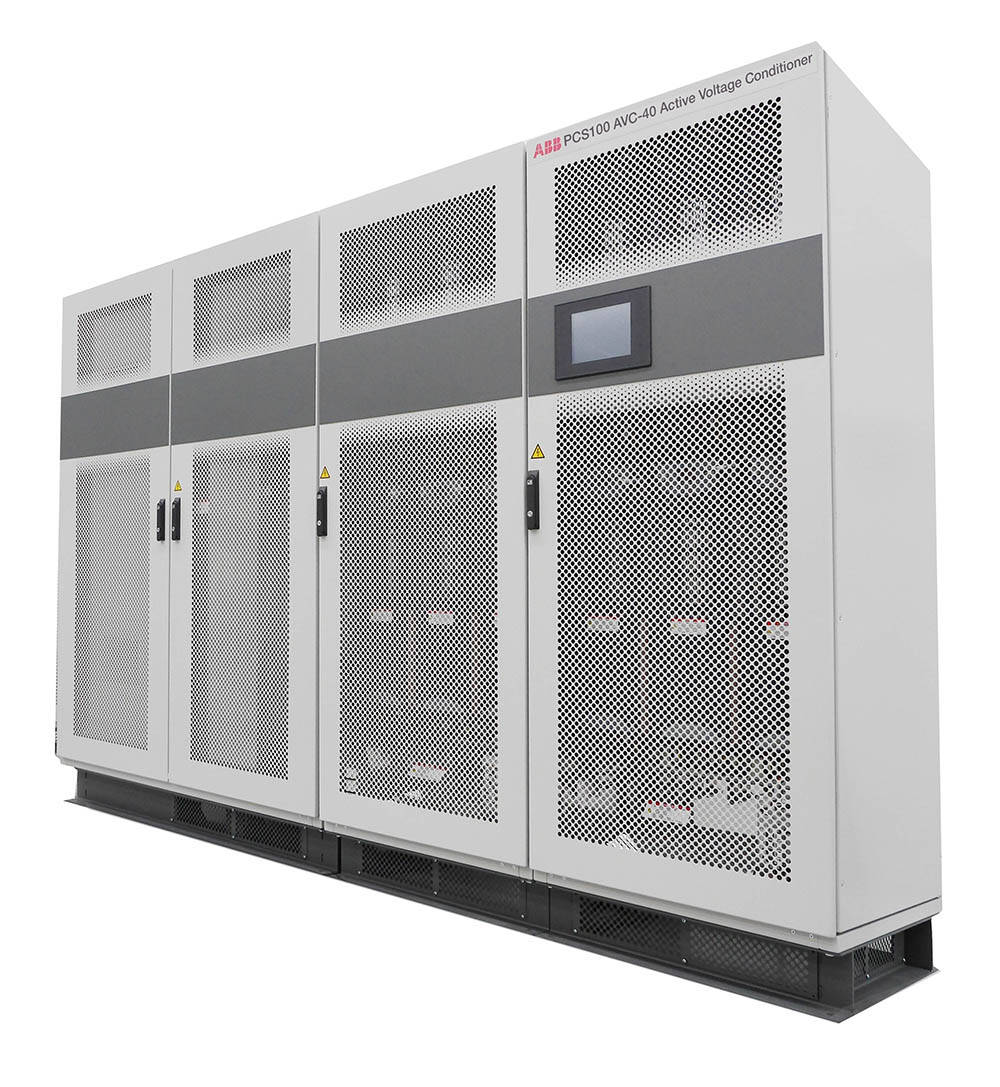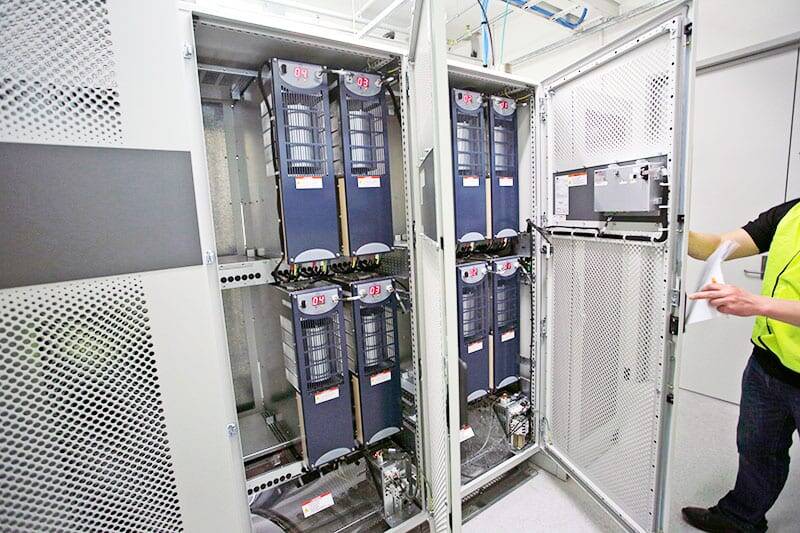You’ve reached your limit!
To continue enjoying Utility Week Innovate, brought to you in association with Utility Week Live or gain unlimited Utility Week site access choose the option that applies to you below:
Register to access Utility Week Innovate
- Get the latest insight on frontline business challenges
- Receive specialist sector newsletters to keep you informed
- Access our Utility Week Innovate content for free
- Join us in bringing collaborative innovation to life at Utility Week Live
Power quality issues such as voltage sags and surges were the root cause of unexplained outages at a Severn Trent water treatment works (WTW) near Melbourne, Derbyshire. Stuart Dealing, ABB’s product marketing manager, looks at how installing active voltage conditioners (AVCs) resolved the issues.

What are voltage sags, and how were they affecting Melbourne WTW?
Even though the UK’s electrical power meets incredibly high standards, the voltage sometimes fluctuates, for example by sagging below the nominal voltage or surging above it. Electrical utilities often attribute this to adverse weather. However, it can also arise from switching on and off of large electrical loads like pumps – creating an obvious risk for the water industry.
If they are large enough, voltage sags and surges can cause critical equipment to trip. And in turn that can require call-outs, interrupt the process, and affect water quality and security of supply.
That was the case for Severn Trent at Melbourne WTW, a 240 million litres a day capacity site serving customers in Leicestershire. Unexplained tripping of dissolved air flotation (DAF) equipment was causing regular outages. Each incident would take up to eight hours to resolve – potentially losing a third of the day’s capacity every time, equivalent to 80 million litres.
How did Severn Trent identify the problem?
Unless you have power quality monitors and loggers in place, voltage disturbances are difficult to diagnose. Knowing this, Severn Trent called in Sentridge Control, a specialist contractor and ABB partner.
Sentridge deployed monitoring units over several weeks and these recorded multiple voltage sags and swells. The logs clearly identified that larger disturbances were the cause of tripping of the DAF plant, but that it was also experiencing more regular smaller incidents.

While the incidents were enough to affect the DAF plant’s controller, the power supplied by Severn Trent’s utility met the requirements of the grid code. Therefore, the DNO suggested that the issues may have arisen on the site itself, and that therefore a local solution would be needed.
What solution was installed and what are the alternatives?
To resolve the issue, Severn Trent ordered an ABB PCS100 AVC-40 Active Voltage Conditioner rated at 900 kilovolt-ampere (kVA).
Active voltage conditioners (AVCs) like this are designed to overcome voltage sags and swells of up to 40 percent. For sites that experience deeper sags and surges, an uninterruptible power supply (UPS) may be needed, whereas the more serious issue of regular power outages can be overcome with a medium voltage UPS.
Both AVCs and UPSs are based on power electronic equipment to protect sensitive downstream equipment. They convert and regulate electricity to deliver smooth and predictable power. The difference is that a UPS also contains a battery system to overcome larger issues.
Phil Tomkinson, director of Sentridge Control, said: “The ABB PCS100 AVC at Melbourne WTW is one of the first in the UK and is therefore a landmark for the UK’s water industry. The monitoring data gave Severn Trent’s engineers assurance in the performance, sizing, and payback period.”
The cost of an AVC will very much depend on the site, and the scale of the issue, but financial payback typically ranges from one to five years. It should cover savings from maintenance jobs, out-of-hours incidents and lost production.
In terms of cost of ownership, AVCs are relatively inexpensive to run as they have round-trip energy efficiency of 98 percent and there is no need to maintain a battery. Eliminating the battery also means a small footprint, which is helpful for sites where space is limited.
What’s the outlook for voltage incidents?
It’s likely that we’re going to see more voltage incidents on the grid in the future. That’s down to changing patterns of electricity supply and demand due to the energy transition.

Electricity demand is growing and consumption patterns are changing, for example due to growing use of electric vehicles and the increasing popularity of Demand Side Response (DSR) and other commercial schemes. In addition, we’re seeing more renewable energy being integrated into the grid. Because it’s intermittent by nature, it is less predictable than power from baseline power stations and may lead to voltage sags and swells.
Therefore, if operators are experiencing unexpected outages, it’s worth investigating.
How has the site performed?
According to Aidan Murphy, project engineer for Severn Trent: “The voltage issues previously affecting Melbourne WTW have been mitigated by the ABB PCS100 AVC-40. It sits in the background on site and has almost been fitted and forgotten about. From looking at the unit’s data event screens, it has been doing its job and has corrected around 300 events which could have previously caused plant stoppages.
“Simply put, the problem was solved overnight. The grid instability is no longer an issue and we can fully rely on Melbourne WTW to supply water to the Leicester area.”
With this under its belt, Severn Trent has gone on to install four larger AVC units from ABB’s power quality range at another water treatment works at Ogston in Derbyshire. These 1,500 kVA units were installed during 2020.
Please login or Register to leave a comment.